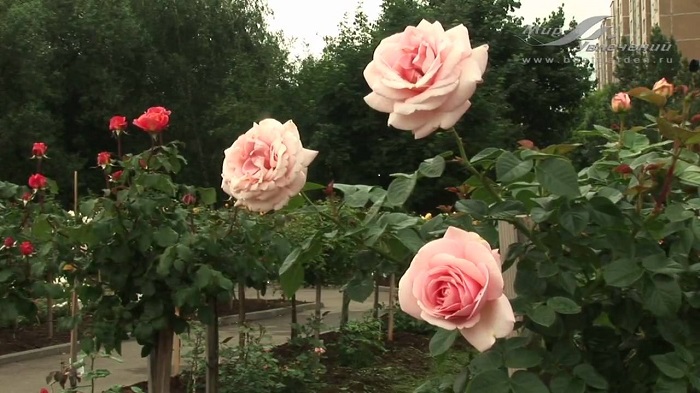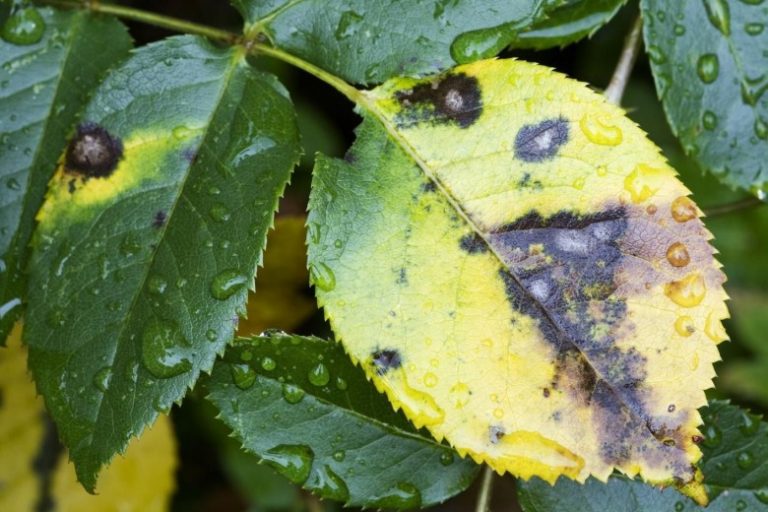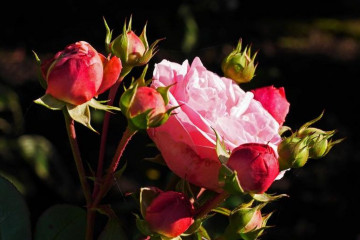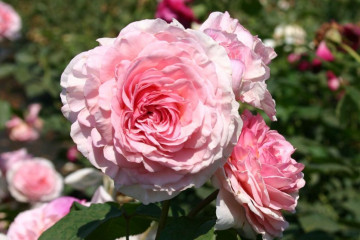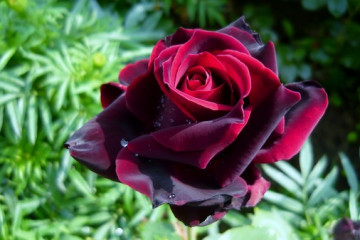Rose Aphrodite (Aphrodite) - variety description
The German company "Tantau" is known to flower growers all over the world for its selection of new varieties of roses. In 2006, the specialist of this agro-enterprise, H. Yu. Efers, succeeded in breeding a variety of hybrid tea roses, distinguished by a special delicate beauty and good characteristics. The variety quickly gained popularity, first among gardeners in Europe, and then beyond. What kind of variety it is, further in the article.
Varietal features
This rose clearly traces the features of its ancestors - wild roses and the signs of modern, competently carried out selection. What is this charming flower like? This is a compact bush that rarely exceeds 80 cm. However, in the southern regions, where a mild climate prevails, the height of a rose can reach 120-130 cm. The width of the bush is usually 60-65 cm.
A distinctive feature of this variety is the same height of the stems, which makes the bush very neat and even a little strict. Large leaves of rich dark green color almost completely cover strong shoots. Flowers of this beauty are densely double, regular cup-shaped 10-12 cm in diameter. The number of petals of a dense structure exceeds 40 pcs. The color of the rose is delicate pink with a peach undertone. One stem is crowned with one bud.
The bloom is extremely abundant and usually has 3-4 waves. As soon as the flower fades, a new one blooms to replace it. The breeders made sure that the flowering was of a remontant character.
A fully blooming flower does not lose its decorative effect and freshness for a long time, which makes this variety even more attractive in the eyes of flower growers. The Aphrodite rose variety will calmly tolerate high humidity, strong winds and, thanks to its strong stems, does not require support.
Care
Aphrodite hybrid tea rose will appreciate attention and good care. The best soil substance for this flower is slightly acidic loam with good air permeability. Weeds around the rose bush should be removed promptly. Otherwise, they can significantly deplete the soil, and the rose will experience a lack of nutrients.
Rosa Aphrodite prefers well-consecrated places, but even partial shade will not hurt her. So, 4-5 hours of direct sunlight will have a beneficial effect on the well-being of this flower.
During the active formation of buds, it is necessary to feed the bush with mineral fertilizers designed specifically for roses. This procedure should be repeated two weeks after the end of flowering. Some growers advise using organic fertilizers in the spring, when the soil warms up a little, to enhance the growth of the rose bush.
Pruning
Rose pruning must be done at least three times. For the first time, dry, diseased and twisted stems are harvested in early spring. Summer pruning involves the timely removal of faded buds. If you do not do this on time, then the flowering will be less intense. The third pruning takes place in October, as part of the preparation of the rose for wintering. In this case, all shoots are cut off by 2/3 of the total length of the stem.
Since the Aphrodite rose is not particularly hardy, you need to reliably protect it from the cold. Preparing for the winter season includes the following steps:
- pruning;
- pre-winter cleaning of the area around the rose bush;
- covering the root area with coniferous bark;
- shelter with garden non-woven cloth.
Reproduction
Reproduction of this wonderful rose is done by cuttings at the end of summer. To do this, you need to take healthy cuttings of the stem with three leaves, two of which are shortened before deepening into the soil. The place of the cut must be treated with a root root and placed in the ground, covered with a garden cap with several holes. There should be a distance of 25-30 cm between the cuttings.
Diseases and lack of flowering
Aphrodite is considered to be highly resistant to diseases that commonly affect many roses. These include:
- powdery mildew;
- black spot;
- gray rot;
- viral mosaic.
If the rose is still sick, then you need to analyze the quality of flower care. Most likely, gross mistakes were made. Measures should be taken immediately to treat diseased plants. If the disease progresses, then in order to avoid the spread of infection, the flower will have to be destroyed.
Another problem that a florist may face is the lack of flowering or the falling off of unopened buds. Most likely, the reason for this is a lack of lighting or lack of nutrients in the soil. Transplanting the plant to a place with more favorable conditions is likely to improve the situation.
This beautiful rose is not accidentally named after the goddess of love Aphrodite. The contemplation of this flower awakens the most quivering feelings that defy description.

